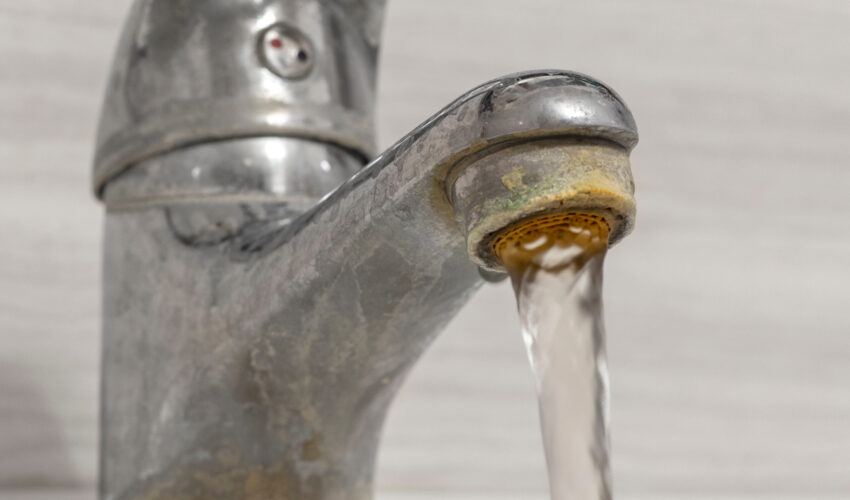Hard water can damage your fixtures and appliances, leave unsightly calcium deposits in your kitchen and bathroom, and require you to use more soap and detergent to get truly clean results. By removing the mineral particles from your home’s water supply with a water softener, you’ll be able to extend the life of your water-consuming appliances and have more pleasant-tasting water.
However, there are a couple of common problems that can cause your water softener not to work correctly. Below, we discuss a couple of the most common water softener problems, as well as one frequently asked about, uncommon problem, and address how to solve them.
Low Water Pressure
If you’re experiencing low water pressure caused by your water softener, you may be looking at a mechanical failure. There are several mechanical failures that can happen inside the water softener itself. When this happens, it’s best to call a plumber who can help diagnose the situation and perform any repairs.
One especially troublesome problem that a water softener can sustain is an internal rupture in the pickup tube. This tube sits inside the resin tank and can cause the water softener’s resin beads to be released into your water system—leading to blockages and damage to your sinks, refrigerator, washer, dishwasher, and other water-using fixtures. Fortunately, damages caused by a failure such as this can be solved with the installation of a “wye strainer,” or an in-line filter designed to catch anything, including resin beads, that the water softener releases. We at North East install wye strainers on all water softener installations (and otherwise, if requested).This filter can still get clogged and prevent water from flowing, and in those cases, you’ll still need to call a plumber to diagnose and correct the issue.
Hard Water
If you’ve noticed that your water once again has a “hard” feel—leaving your hair and skin dry and your laundered clothes stiff—this could also be a sign of mechanical failures in your water softener system. These issues range from simple fixes to more labor intensive projects.
The simplest, and most common, cause of hard water is a salt bridge. This happens when the salt in your brine tank hardens, creating a “water cavern” below the salt level. This cavern prevents the salt from dissolving in the water and can mimic the effect of a tank that’s totally empty. Fortunately, this can be solved by simply using a spatula or broom handle to break up the salt inside your brine tank. You can also consider switching from using salt crystals to pellet salt to prevent this issue in the future.
Another common cause of hard water is a depleted resin bed, or damage to the resin beads in the bed. This is a wear-and-tear issue that can happen over time; oftentimes, it’s a sign that it’s time for a new water softener. As replacing resin beads can be laborious and has a cost comparable to replacing your water softener altogether, it’s wise to speak to a plumber to weigh your options.
Salty Taste
Although questions of salty softened water can be found across the Internet, this problem is still uncommon. Your home’s water should never taste salty—although some water softeners use sodium pellets to soften the water, this sodium is broken down at a molecular level inside the water softener and should never affect the taste. If your water does taste salty, this is a symptom of either an error in your water softener’s setup or a mechanical failure that requires a plumber’s help to solve.
Bottomline: Call the Plumber
If you’re dealing with water softener problems, look no further than North East Air Conditioning, Heating & Plumbing. We’re a family-owned residential and commercial HVAC and plumbing business and can quickly diagnose and repair your water softener, giving you clean water once again.


